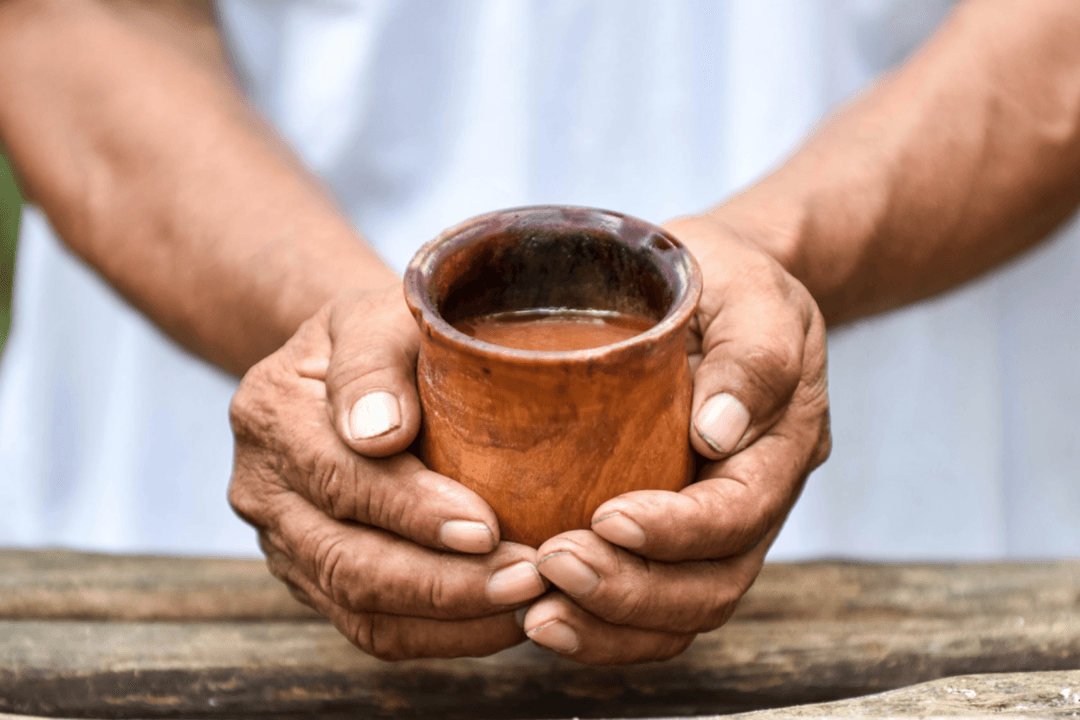This origin story is chock full of cosmic healing, international exploration, and closely guarded secrets. My kind of tale.
Did you know: The Institute of Culinary Education in New York City has a world-class Chocolate Lab, run by James Beard Award-winning pastry chef Michael Laiskonis. While I finished my culinary education in 2011, I am always game for workshops to brush up on my skills or learn something new. In the Chocolate Lab, I recently learned that well before becoming one of the world’s premier edible indulgences or a warming wintry drink, chocolate was revered as a tepid, liquid gift from the gods that didn’t taste good.





